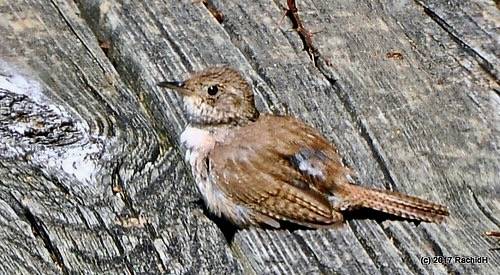House Wren
Although the House Wren is the most common wren in the United States, it has only been seen a handful of times at Salter Grove during the warmer months. This is surprising because the park's open woodland and scattered brush piles represent ideal wren habitat. So ideal that in 2022, three pairs of Carolina Wrens were year-round residents.
Compared to the Carolina Wren, the House Wren is smaller and rather dowdy. It is dull brown overall with a slightly rufous tail and faint dark barring on the wings and tail. Unlike the other wren species, it does not have any conspicuous facial markings. In contrast, the Carolina Wren is reddish brown above and has a distinct white eyebrow and a white throat.
The House Wren is very difficult to spot even when it is actively foraging because of its dull plumage and preference for thickets. However, its distinctive trill is penetratingly loud for such a small bird and would be an indisputable indicator of its presence.
It is notorious for displacing other hole-nesting species by destroying nests and eggs, and by removing nestlings. If precautions are not taken, nest boxes intended to bolster the population of Black-capped Chickadee, Eastern Bluebird, Prothonotary Warbler, and Tree Swallow may unwittingly produce more House Wrens instead.
Besides being abundant, the House Wren is the most widespread native bird species, ranging from Canada to southernmost South America. Because it feeds mainly on foliage insects, birds that breed in the northern portion of North America must migrate to southern states or Mexico where insects continue to be active through the winter months.
As suggested by its common name, the House Wren is often associated with humans and their dwellings. Its scientific name Troglodytes means "hole-dweller" and describes perfectly its readiness to squeeze into any available crevice to seek insects or shelter.
Acceptable nest sites include old woodpecker holes and man-made crevices such as discarded cartons, old shoes, paint cans, and even the metal housing of a working street lamp. Practically any tight out-of-the-way crevice will do. Suburban development, especially when yards are planted with shrubs, has greatly increased nesting opportunities for this wren.

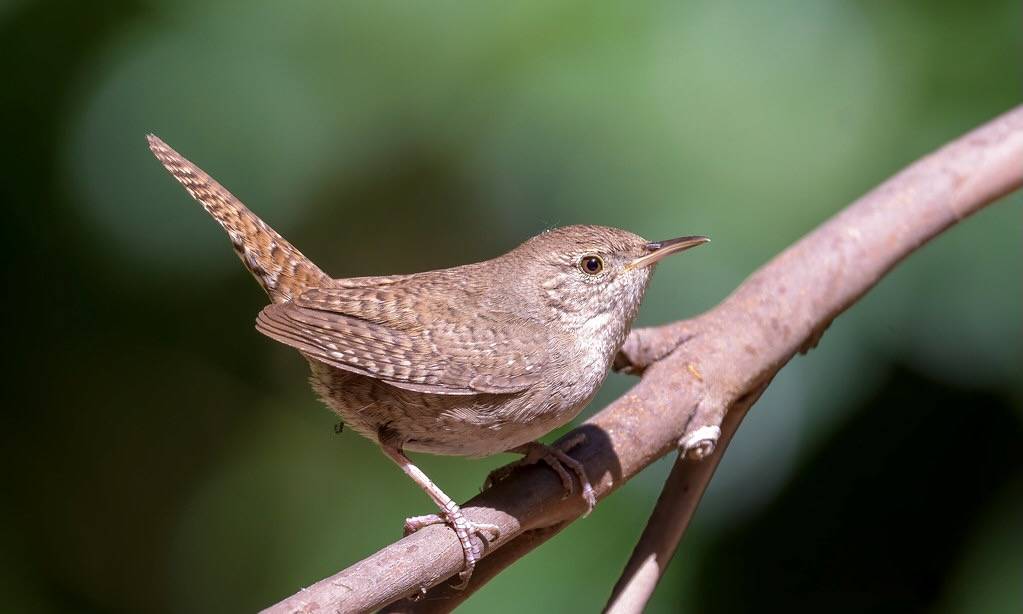
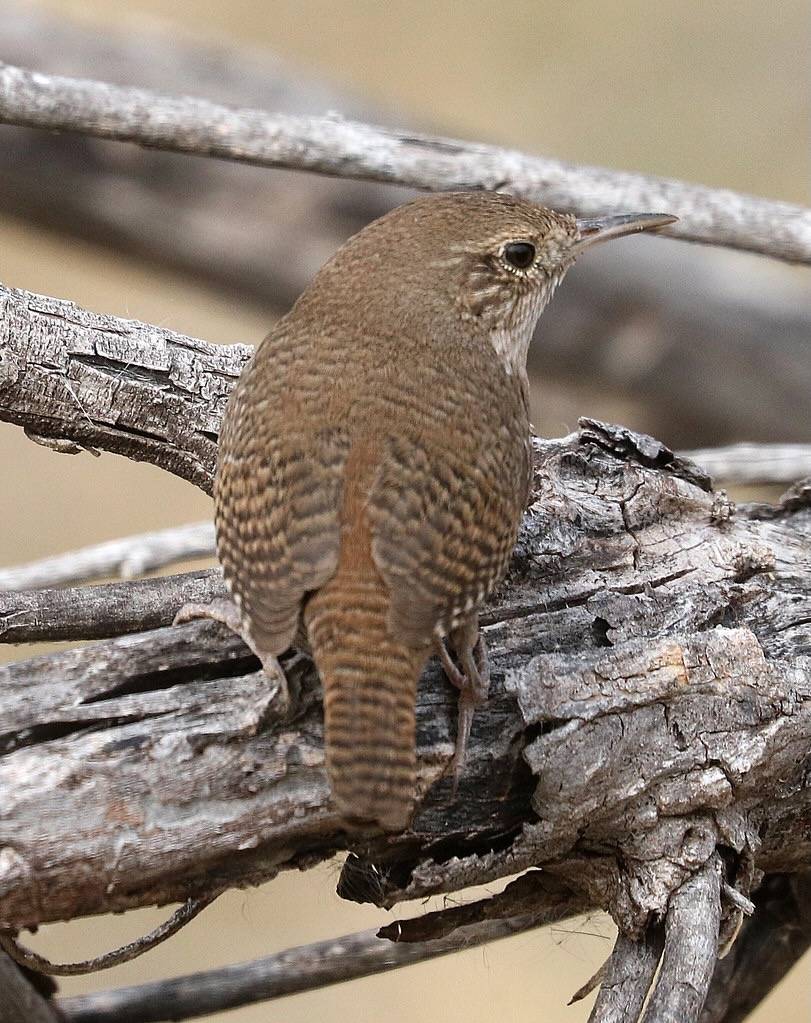
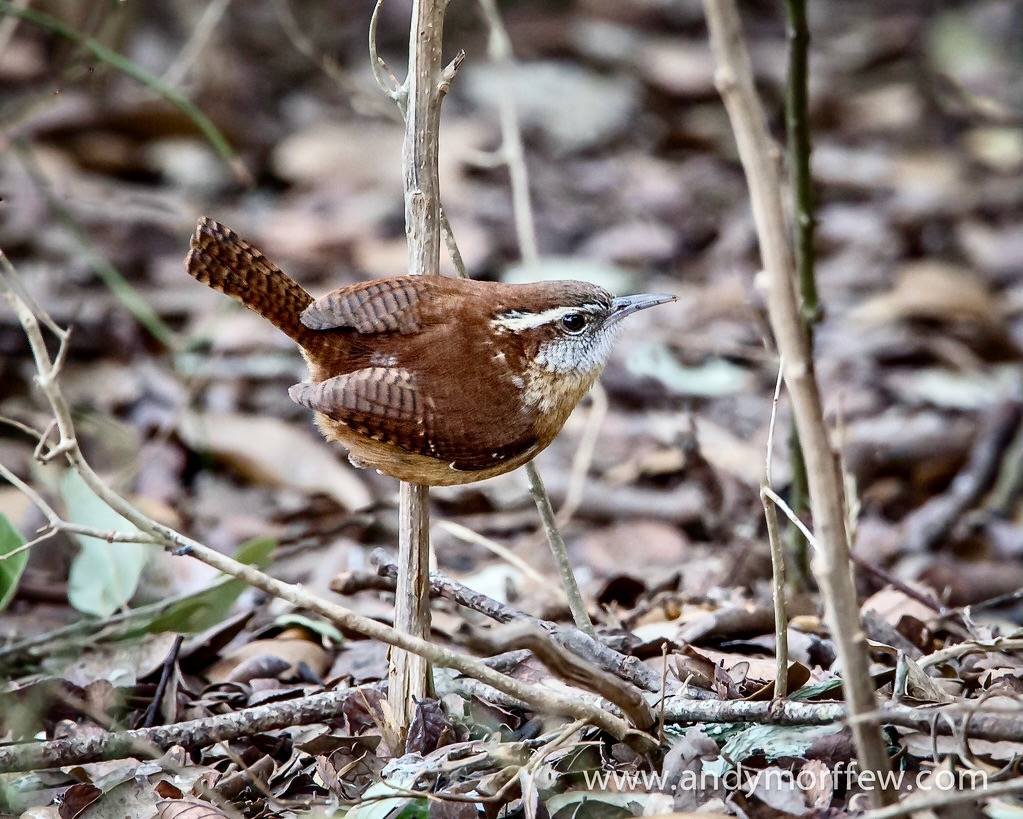
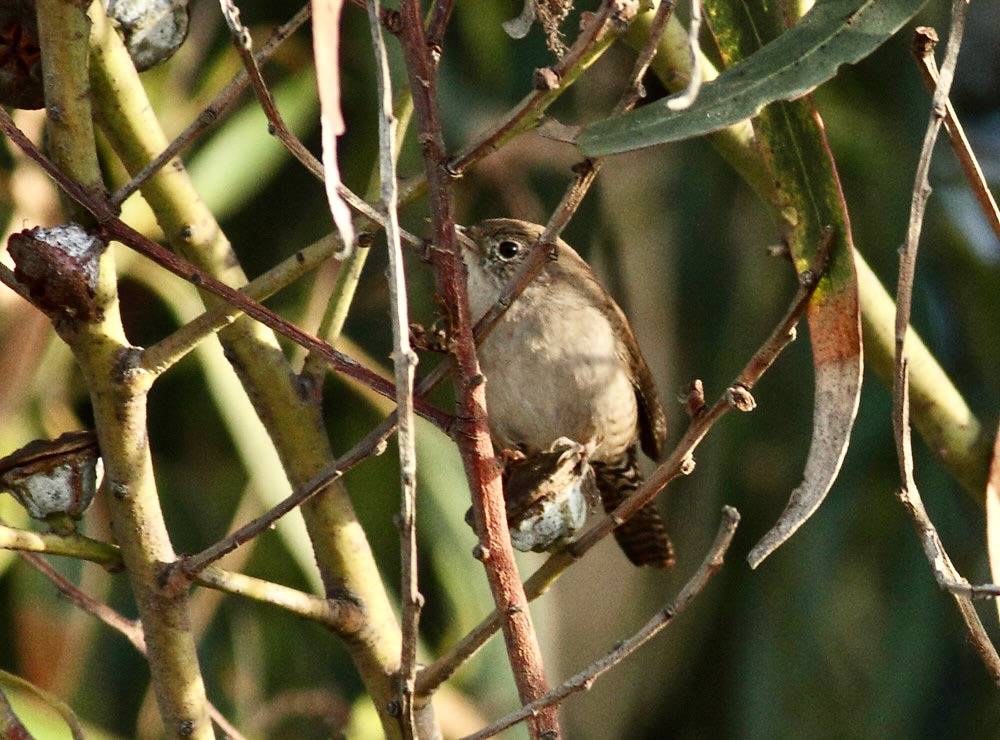
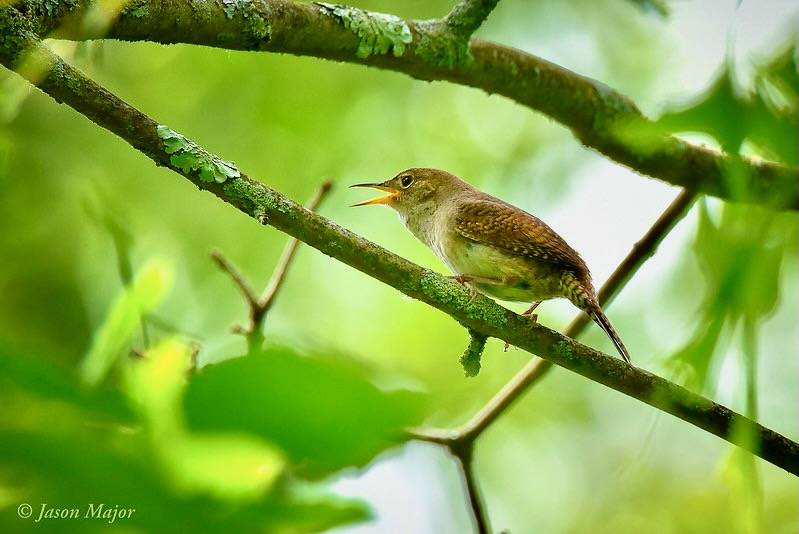
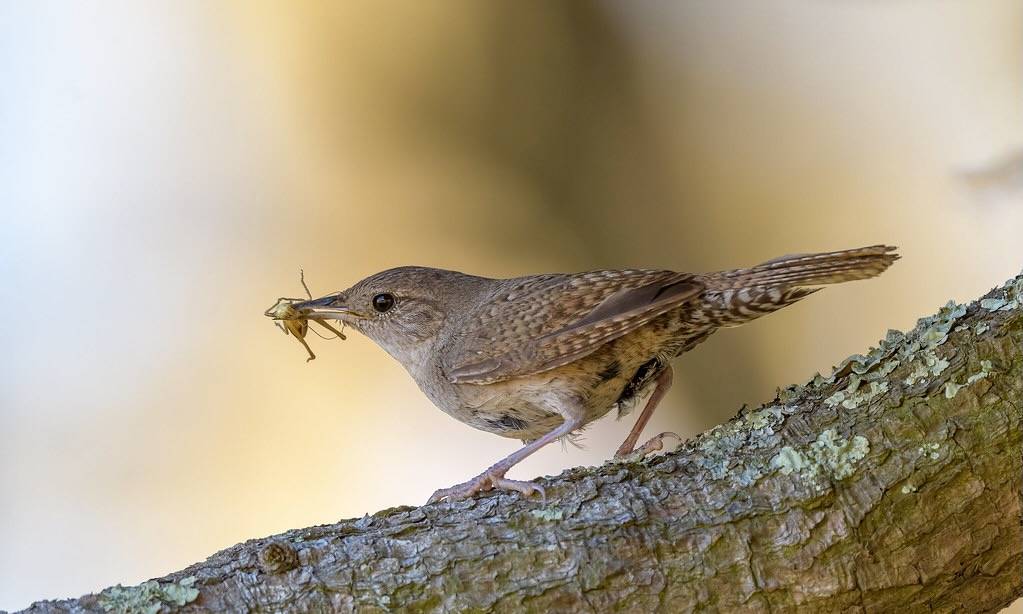
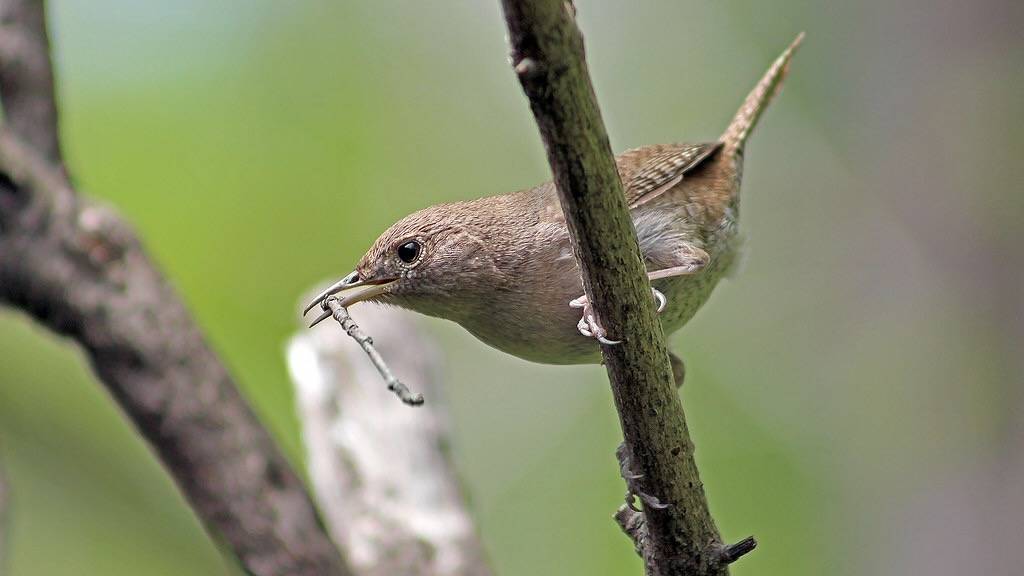
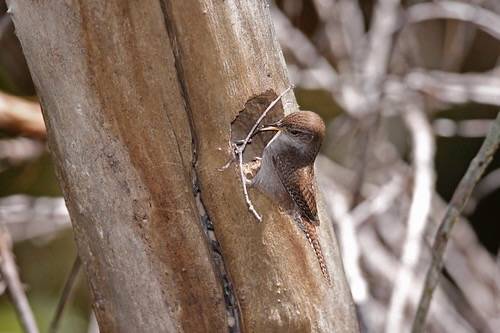
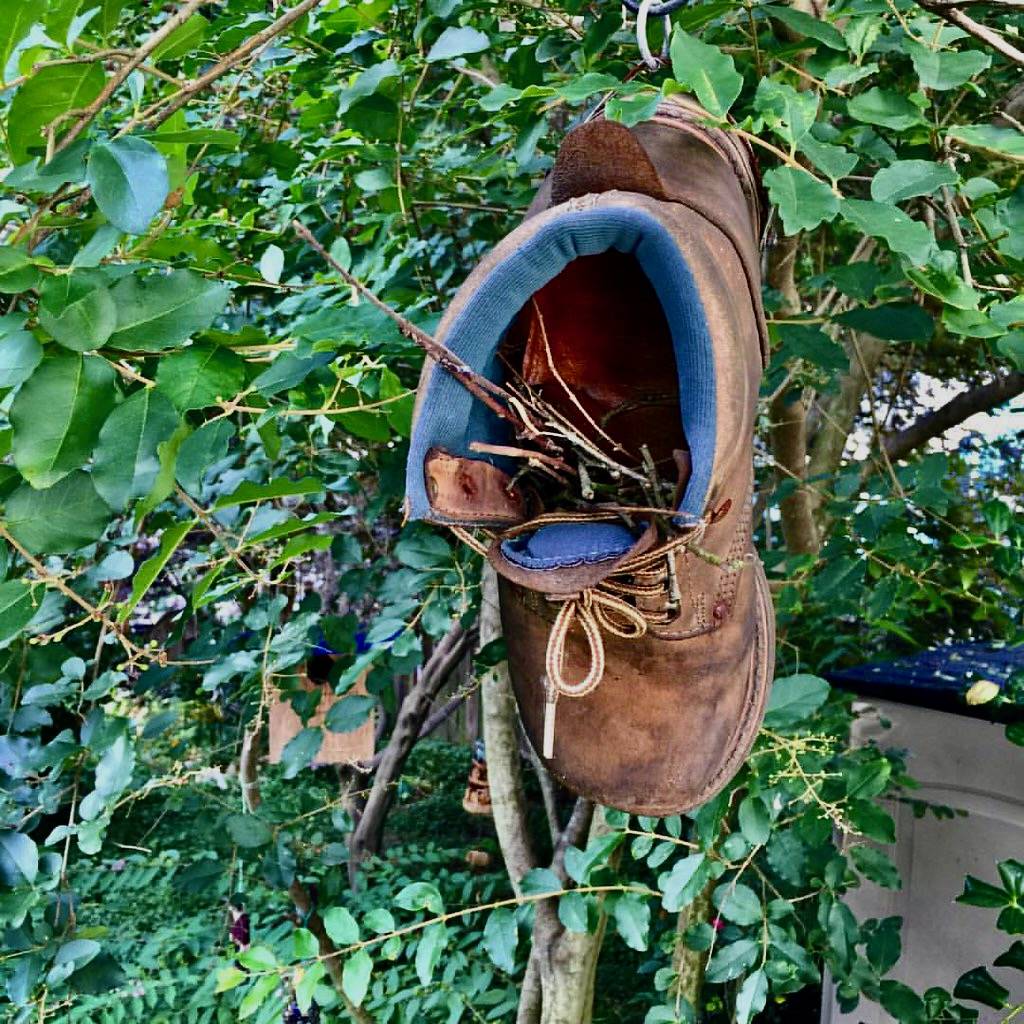
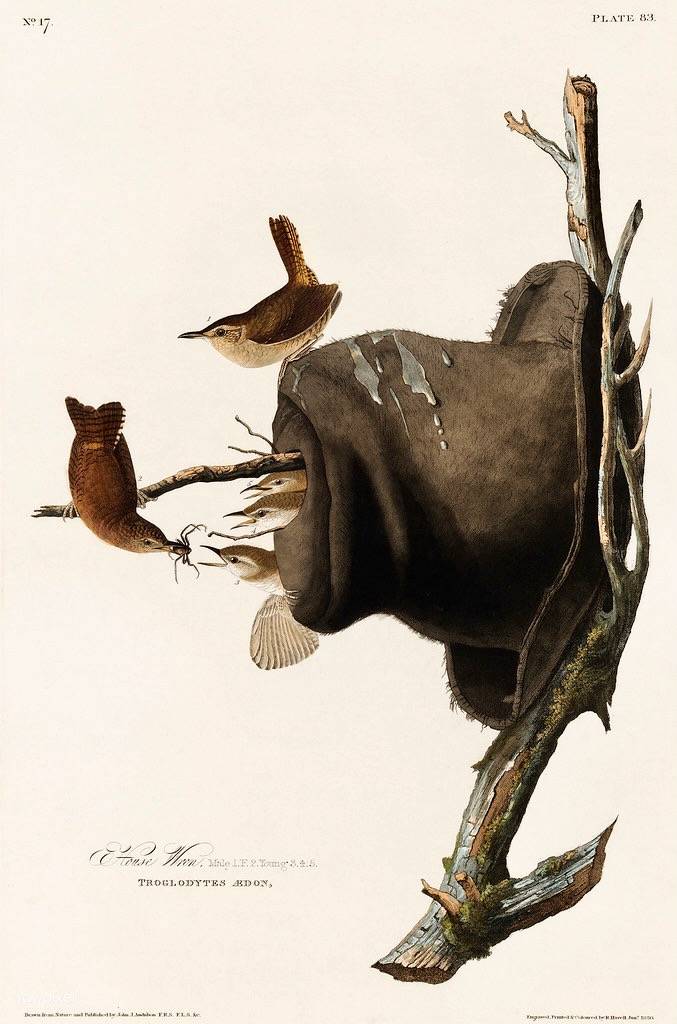
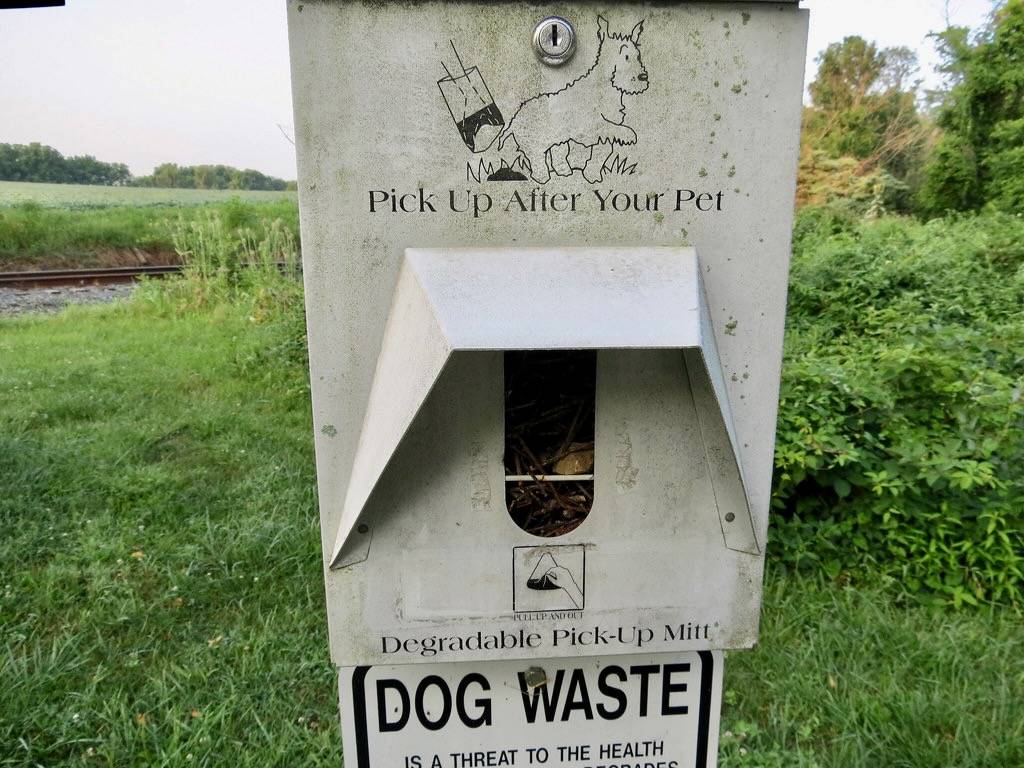
 13jul14.jpeg?w=350?blur=10)

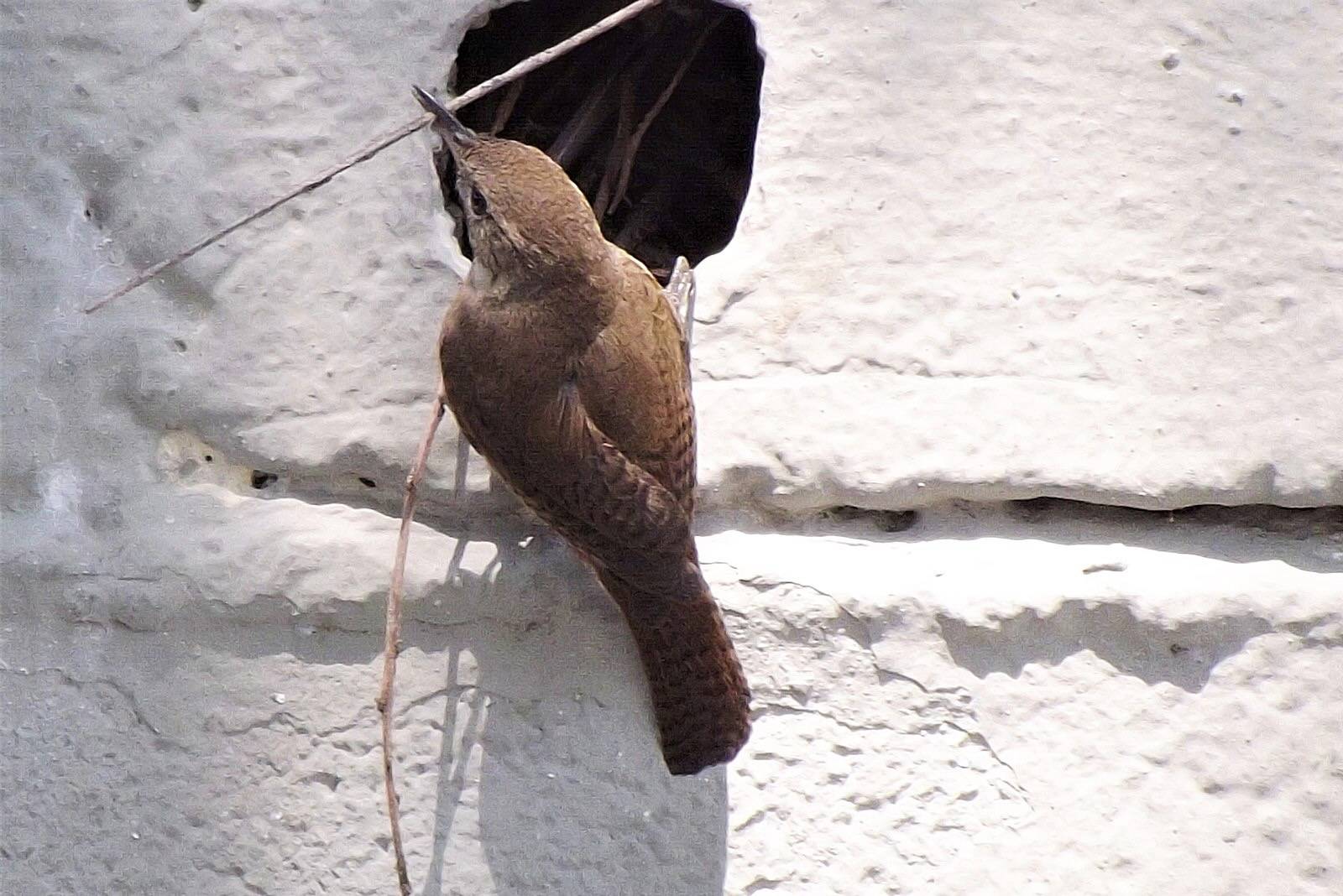
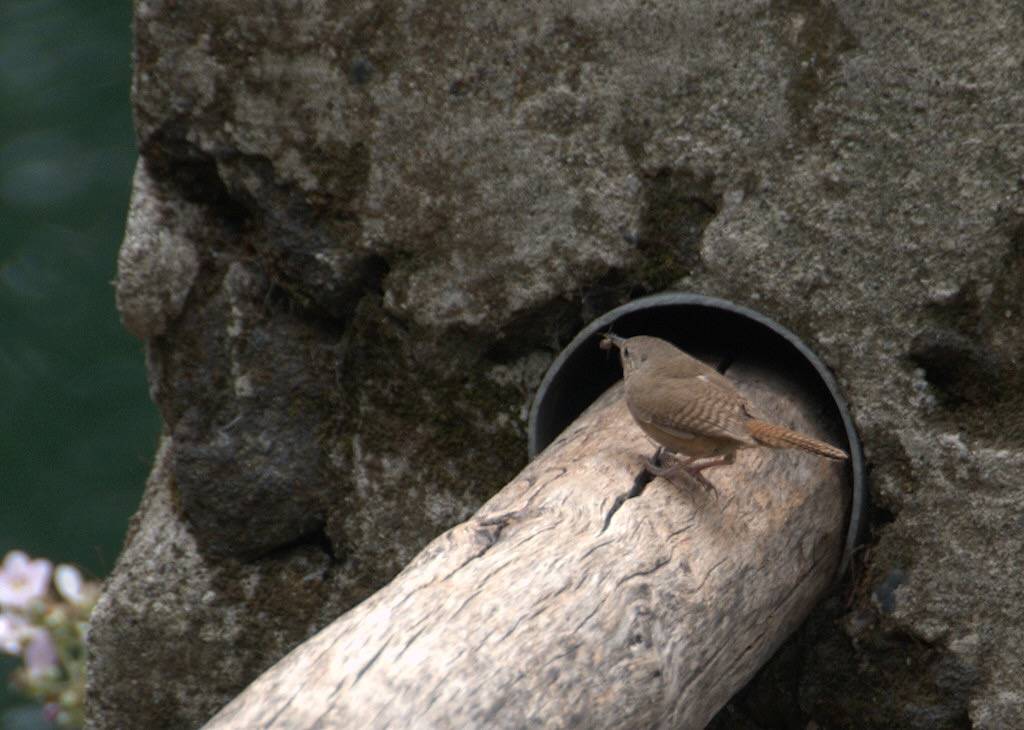
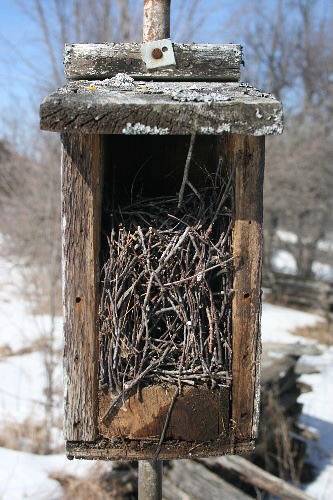
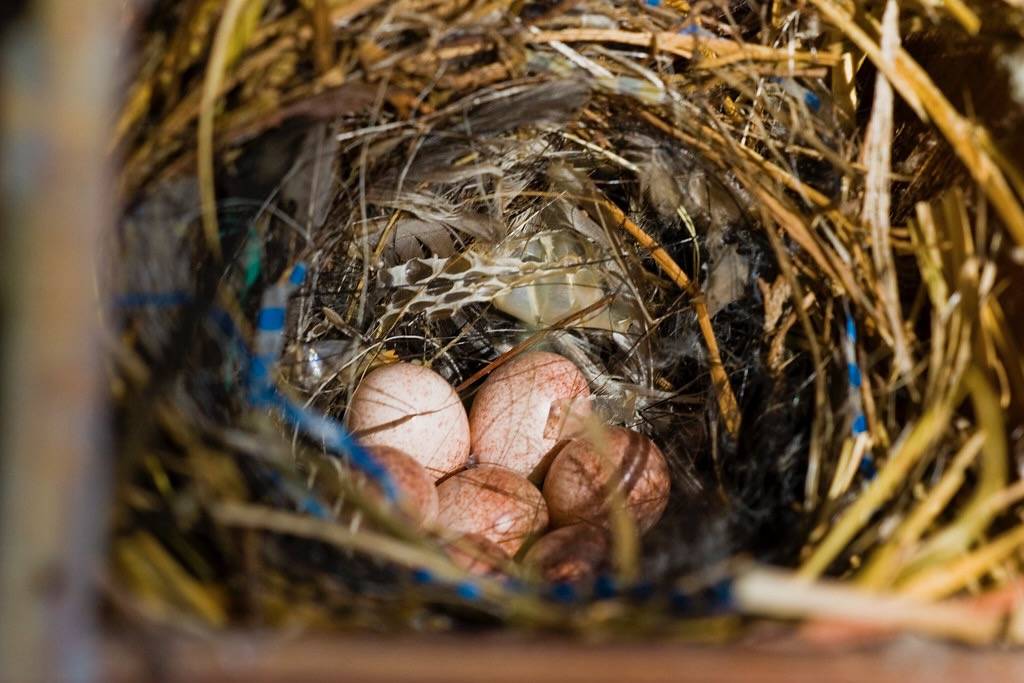
![Cucarachero Común [House Wren] (Troglodytes aedon) (Nido con pichones [Nest with squabs) by barloventomagico is licensed under CC BY-NC-ND 2.0.](/_files/public/Bird Galleries/House Wren/18 House Wren nestlings 16jan11.jpeg?w=350?blur=10)
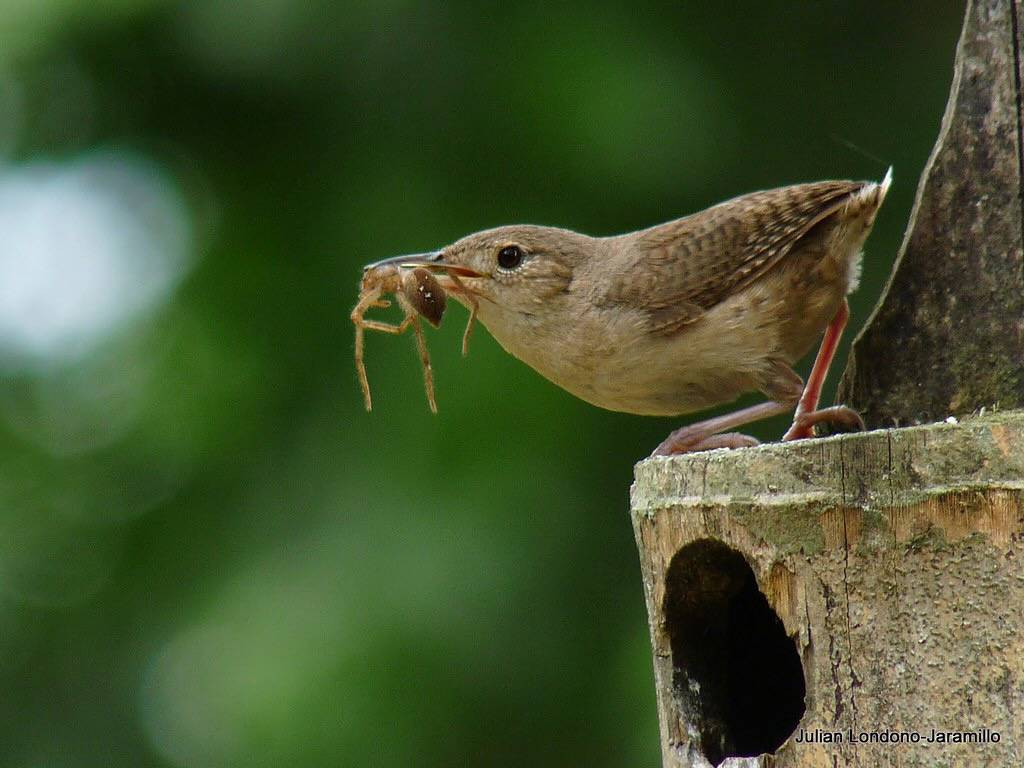
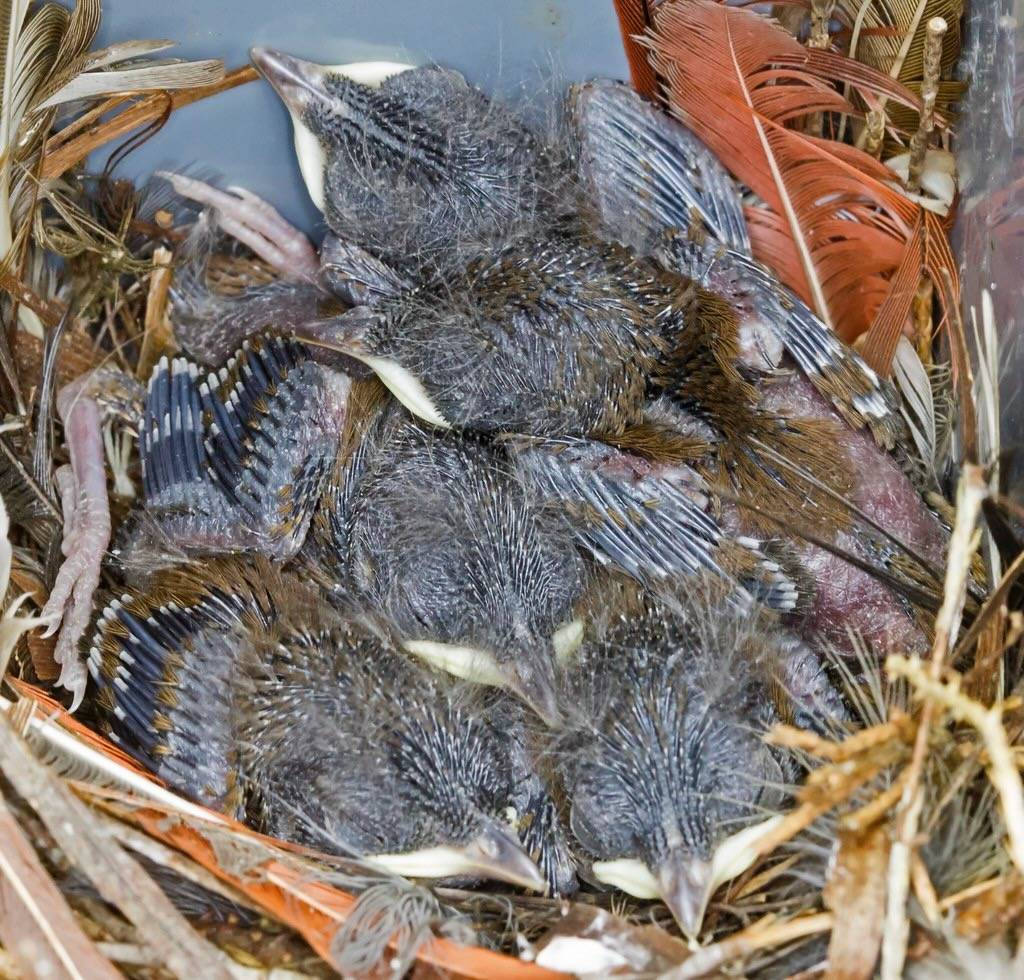
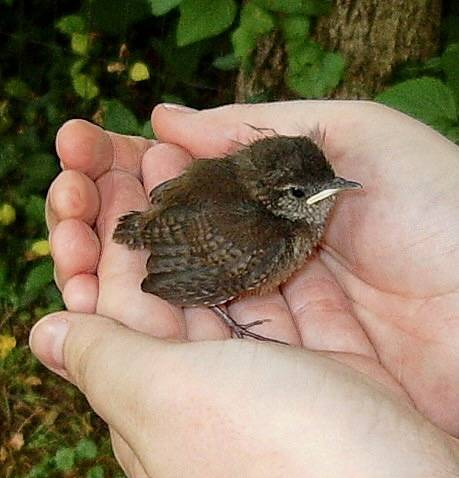
![Cucarachero común [House Wren] (Troglodytes aedon albicans) (Pichones casi volantones [Nestlings almost fledgelings]) by barloventomagico is licensed under CC BY-NC-ND 2.0.](/_files/public/Bird Galleries/House Wren/22 House Wren nestlings feathered 4jul10.jpeg?w=350?blur=10)
